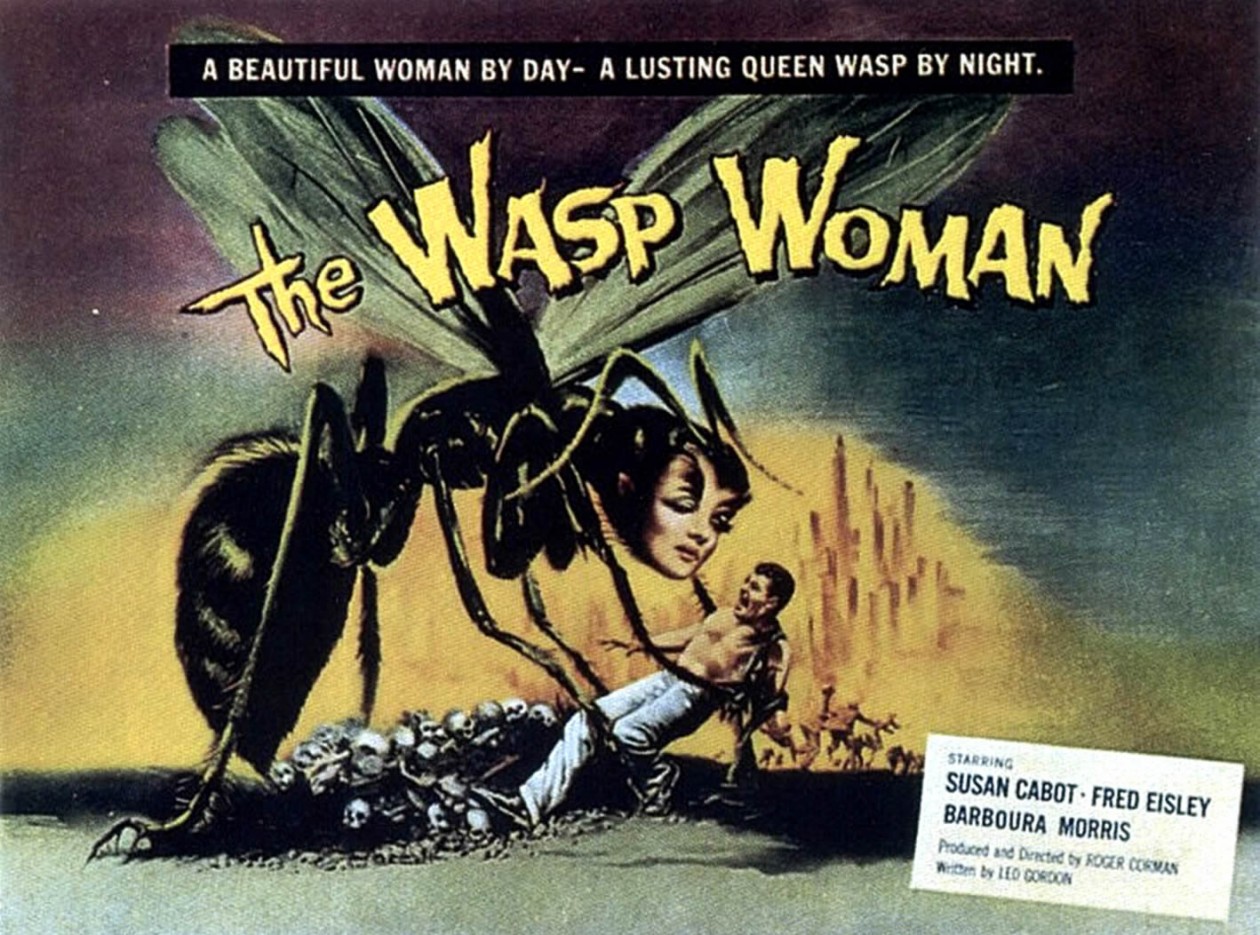For those interested (or weirded out, either one) by the feminist sex scene discussion and my contribution in class, here is the link to the list I was talking about on Friday:
http://www.alternet.org/steamiest-pro-woman-sex-scenes
Going over this list now, I actually noticed something that I hadn’t caught before– in the first paragraph, there is another link that goes to a controversial quote from Shailene Woodley about feminism. Apparently when Woodley was asked if she was a feminist, as all of her major roles have been strong and independent young female characters, she stated:”No, because I love men, I think the idea of ‘raise women to power, take the men away from the power’ is never going to work out because you need balance … And also I think that if men went down and women rose to power, that wouldn’t work either. We have to have a fine balance. My biggest thing is really sisterhood more than feminism. I don’t know how we as women expect men to respect us because we don’t even seem to respect each other.”
I’m glad I was able to catch this, because this kind of thinking is so clearly pertinent to what we’re trying to analyze and study in class this semester. The fact that the basic definition and meaning of feminism is still a gray area for people (particularly female actresses who so actively need to be thinking about how they are portrayed on screen) is a troubling issue. Also, the way celebrities and Hollywood is so idolized in Western culture gives even more weight to what actors/actresses are saying in the media; if skewed or flat-out incorrect interpretations of feminism are being dolled out by one female actress after another, this only gives feminist awareness an even tougher job of being properly represented in the world of film.
Back to the feminist sex scene though, the 2 that stuck out most to me were “The Girl With the Dragon Tattoo” and “Love and Basketball.” I’ve seen both films and each one has a very different sexual dynamic. In the first, Rooney Mara overtly dominates Daniel Craig (not to say he isn’t willing), but in terms of the equal relationship and role dynamic we were discussing, I’m not sure if this scene would qualify. “Love and Basketball” would probably be more accepted on an equality level, but there is still a male-dominated presence that the camera gives us. The male character is much more experienced than the female character, so he’s the one taking charge and enlightening her, so to speak. It’s unfortunate to admit, but I can’t say if I’ve ever seen a truly feminist love scene. The very fact that I couldn’t think of one when the topic was first brought up in class says enough. Who knows though, hopefully I’ll be enlightened as the semester goes on. After all, I’m still just a young tadpole in this sea of feminist film knowledge! I can only hope to one day sprout into a beautiful feminist frog.
